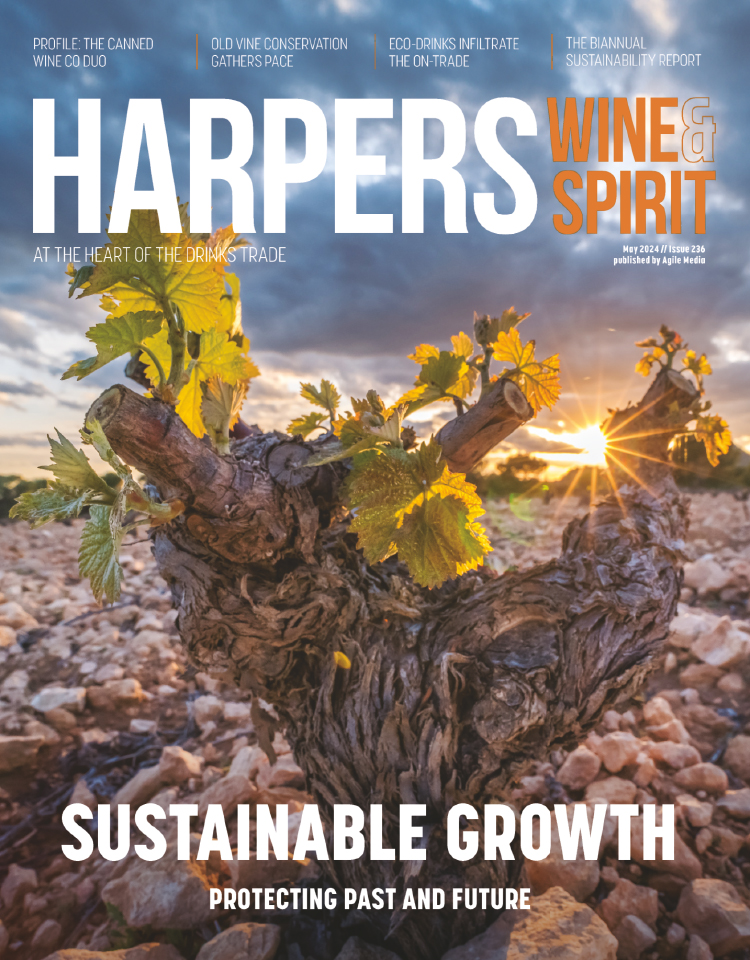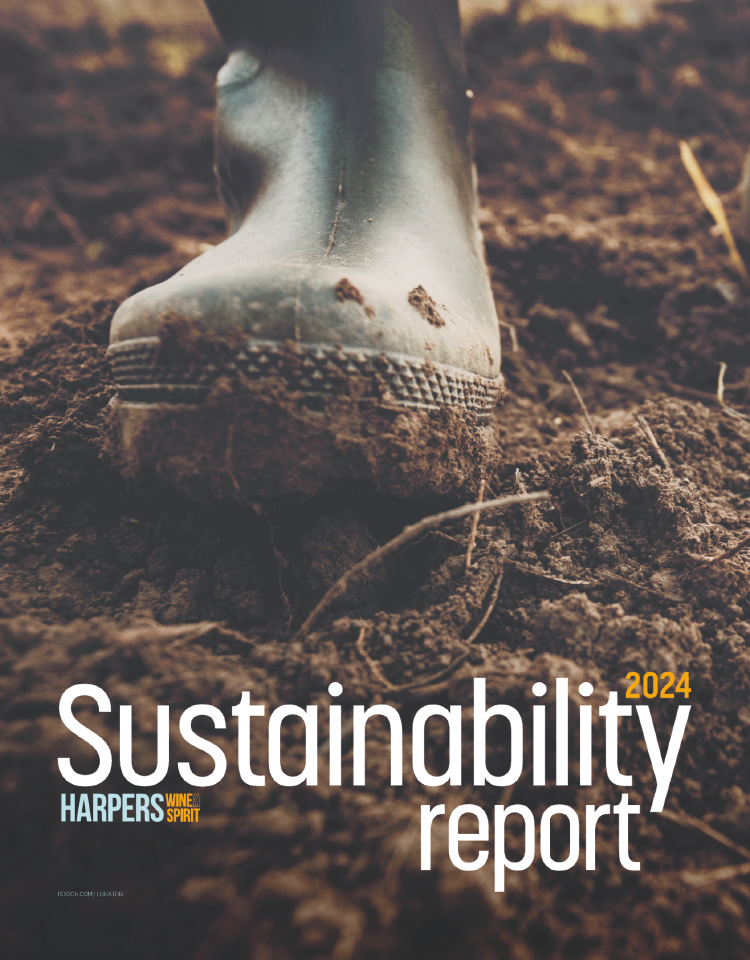
The art of on tap in casual dining
The casual dining scene is a growing sector, with plenty of opportunities for the trade to capitalise on a consumer thirst for innovative dining concepts at affordable prices.
The casual dining scene is a growing sector, with plenty of opportunities for the on-trade to capitalise on a consumer thirst for innovative dining concepts at affordable prices.
We spoke to Jascots about developing this space for innovation and freedom, which they have been targeting over the past year with several initiatives.
One is wine on tap, which they are increasingly imbedding as part of their offering.
"We kicked off wine on tap with a sparkling from Italy summer last year, then we added still wines at the beginning of 2016. Wine on tap mirrors what we think is good about casual dining: unfussy presentation, with so many benefits around cost and wastage," Miles MacInnes, managing partner of Jascots, said.
The wholesaler and importer offers half-a-dozen wines on tap at the moment, and are looking to expand this depending on interest from the on-trade.
According to MacInnes, this shouldn't be a problem, as wine on tap and bag in box's environmental and cost saving benefits makes them a "no brainer" for restaurants and bars.
"A lot of people aren't sure at first how they're going to make it look or serve it. But wine on tap is flexible. It can be suitable for smart restaurants in a carafe," he said.
"It's also a space saving solution, especially in London where no one has any space. A keg takes up the same amount of room as box six bottles but it holds 27 bottles worth of wines."
Jascots currently offers ten litre boxes of still wine and 20 litre kegs of sparkling, which can last up to a month and beyond, according to MacInnes.
Wine on tap was a big talking point at the Casual Dining Show in February where Jascots showcased its Street Wine concept, and is continuing to gain steam.
But with an increased emphasis on provenance and story telling within wine, how do you marry wine on tap while maintaining the wine's identity?
MacInnes added: "If you buy a glass of wine in a restaurant, you never see the bottle. On tap often opens you up to being creative - it means you can serve the wine in any size, in a carafe or a glass bottle, which can be a talking point for customers. We also sell all our wines on tap by the bottle so restaurants can display bottles in the restaurant if they wish."
Next, MacInnes is hoping to see more innovation in casual dining and RTD, starting with Prosecco in a can.
"I know there are some still wines out there in a can but I think there's a real market for sparkling. You probably couldn't call it Prosecco though," he said.





